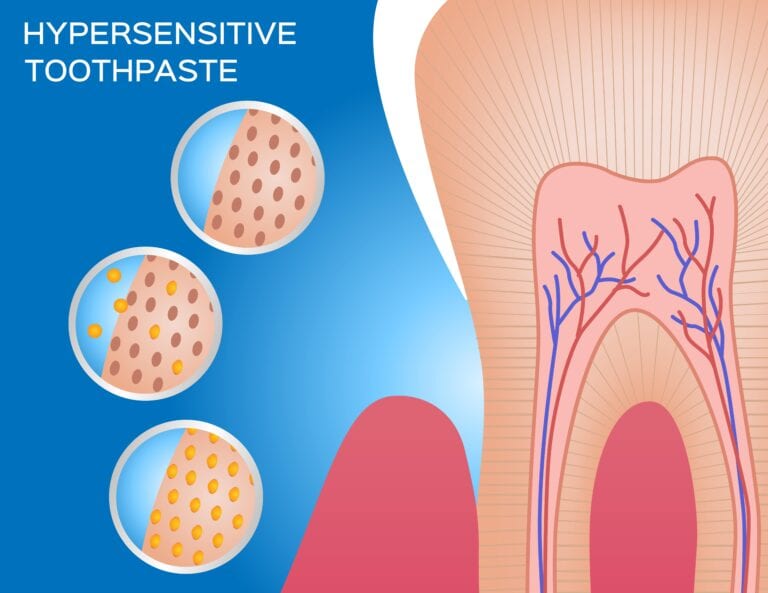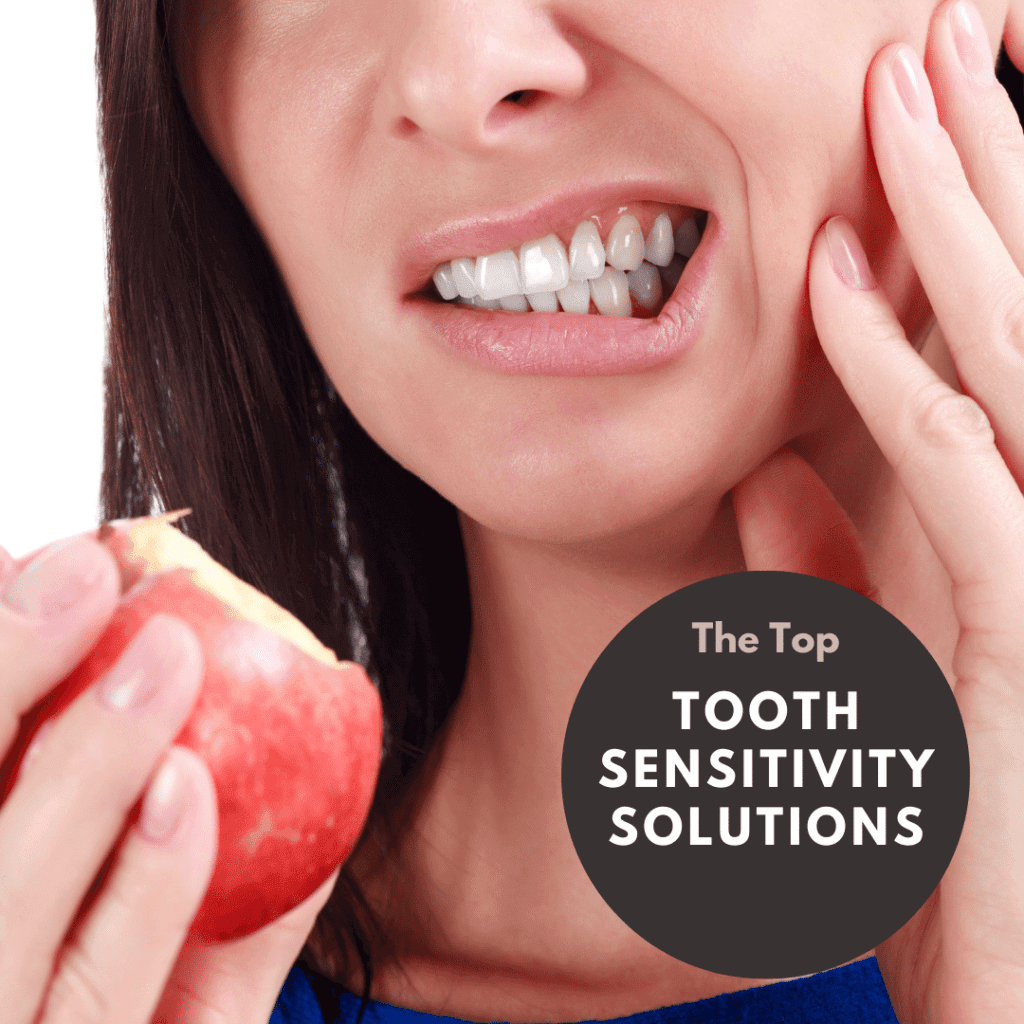
If you’ve ever experienced the deep, horrible sensation that is tooth sensitivity, then you know how horrible it can be. Not only is tooth sensitivity extremely uncomfortable, but it can even rob you of enjoying your favorite foods and beverages. Tooth sensitivity is a term used to describe the phenomenon of external stimuli reaching and irritating the tooth nerve. This can happen when the enamel layer has been compromised and is no longer able to protect the underlying layers. Below the enamel lies the porous dentin layer, and below that lies the tooth nerve. When stimuli gets through the enamel, it travels through the pores in the dentin and eventually reaches the tooth’s nerve, causing the sensation known as tooth sensitivity.
At this point, you may be wondering how any stimuli could get past the tooth enamel, which is the strongest substance in the human body. The simple answer is that the tooth enamel has been compromised in some way. Here are some common causes of tooth sensitivity:
- Cavities: decay-causing bacteria erode the enamel in one spot, which basically creates a tunnel leading to the dentin layer.
- Old fillings: fillings wear down over time and may no longer be sealed, which would allow stimuli to get into the tooth. This also can allow bacteria to enter the tooth as well.
- Exposed tooth roots: tooth roots contain less enamel than the rest of the tooth since they are normally protected by the gums. However, when the gums recede and expose the roots, it doesn’t take long for their protective coating to wear down.
- Fractured tooth: when a tooth becomes damaged, there is always the possibility that stimuli can reach the inside of the tooth. However, this depends on the extent of the fracture
- Thin/Worn Enamel: some people simply have a thinner layer of enamel than others. Additionally, enamel can wear down over time until it becomes thin. Thin enamel unfortunately makes it easier for stimuli to enter the tooth and cause sensitivity.
Now that you have an idea of what tooth sensitivity is and what causes it, let’s take a look at how to get rid of it. Whether you’ve been a long sufferer of tooth sensitivity or you’ve been lucky enough to never experience the pang of sensitivity, here are some tips on the top tooth sensitivity solutions:
Fluoride treatments
Fluoride treatments are an ideal way to prevent tooth sensitivity. This is because fluoride helps to strengthen tooth enamel in order to make it more resistant against the acids in foods and produced by bacteria. Your dentist normally applies fluoride after a teeth cleaning, however you may benefit from additional treatments. While fluoride cannot regrow enamel that has been lost, it works to preserve existing enamel.
Don’t brush too hard
Another way to manage tooth sensitivity is to avoid brushing too hard. Brushing too hard can wear down your enamel faster, leading to more tooth sensitivity. Therefore you will want to brush with a soft bristled toothbrush and only apply firm, gentle pressure. Your dentist will be able to tell you if you are brushing too hard and help you correct your technique if needed
Use Desensitizing Toothpaste

Desensitizing toothpaste is specifically formulated to reduce the symptoms associated with tooth sensitivity. It contains ingredients such as stannous fluoride and potassium nitrate. Stannous fluoride helps to strengthen existing tooth enamel, while potassium nitrate blocks the pores in the dentin to prevent stimuli from reaching the nerve. Desensitizing toothpastes also do not contain sodium lauryl sulfate (SLS), which is known to irritate sensitive teeth and gums. While sodium lauryl sulfate helps make toothpaste foam, it can make sensitivity worse for people who already have sensitive teeth.
Try cosmetic dentistry
Believe it or not cosmetic dentistry has additional benefits besides improving the look of your smile. In fact, several cosmetic dental treatments can actually be used to prevent or reduce tooth sensitivity. One common example are dental veneers, which are placed on the front side of visible teeth and act as a shield for sensitive teeth. Cosmetic bonding is another minimally invasive treatment that can be used to add a barrier over thin enamel in order to prevent or reduce tooth sensitivity. Additionally inlays, onlays, and dental crowns also provide alternatives to help prevent or reduce tooth sensitivity.




